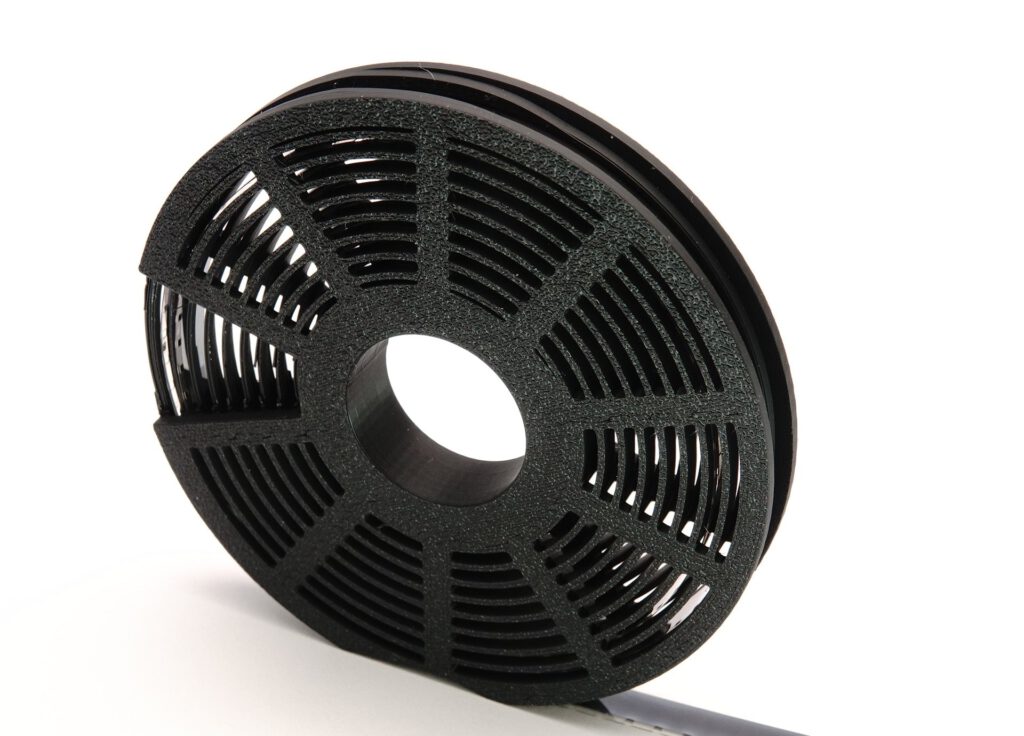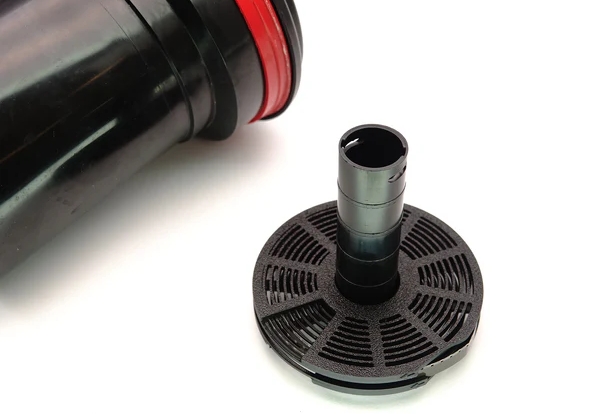
The ausgeknipst 9.2 mm development reel performed reliably in testing, with a robust build, secure fit in the Jobo 1510 tank, and consistent development results, including uniform edge-to-edge processing. Its compatibility with standard development methods offer practical benefits over the discontinued Minox daylight tank, though it requires more chemicals. It can be purchased at ausgeknipst.de and is available for Jobo, Paterson, AP & Kaiser tanks.
If you want to get started with Minox photography or are looking for tips, you’ll find everything you need here.
Page Contents
Minox 8×11 film development at home
Developing Minox 8×11 film presents unique challenges due to its small format, and finding reliable tools is essential for consistent results. The ausgeknipst 8×11 development reel, designed for use with Paterson and Jobo tanks, was tested to assess its performance. This report details the findings for Moments of Now readers.
Design and Build Quality
The ausgeknipst 8×11 development reel is a 3D-printed product with a sturdy, well-finished construction. The material is robust, with smooth surfaces and precise engineering tailored to the Minox 9.2 mm film and the Jobo axle.
Compatibility with Development Tank

The reel was tested in a Jobo 1510 tank, where it fit securely without misalignment or instability.
The Jobo 1510 can accommodate two of these reels, allowing for the simultaneous development of two Minox films, which could enhance efficiency for processing multiple rolls.
Inserting the film
Because this film must be inserted in complete darkness, this process should be simple and reliable. The design facilitates handling of this delicate film during the development process. The film can be wound in two ways:
- either by directly inserting the film or
- by using the familiar alternating thumb technique.
Both variants worked perfectly. I tried it with self-cut films in 9.2 mm width and with original historical Minox films.
Development Performance
The test involved developing an Agfa APX 100 film using Adonal (1:100 dilution) in the Jobo 1510 tank, with 240 ml of developer at 19°C** for 37 minutes, using inversion agitation every 2 minutes. The resulting negatives showed even development, with no streaking, uneven fixing, or physical damage to the film.
Notably, the development was uniform across the entire film, including the edges. Uneven edge development is a reported issue with some other 3D-printed Minox reels, where film edges pressed against the reel’s guides can result in underdeveloped strips at the top and bottom of images due to insufficient developer contact. In this test, the ausgeknipst reel exhibited no such edge development issues, achieving consistent results across the film.
Taking out the film
Finally, the film must be removed from the reel. To do this, open the reel as with the original Jobo and Paterson products. Twist the two sides against each other beyond the point of resistance and you can separate the two halves.
With the reel I tested, this was easy, but not so easy that the halves could come apart on their own. This is where the good finish of the 3D print is an asset.
Comparison to the Original Minox Daylight Development Tank
The ausgeknipst reel offers several advantages over the original Minox daylight development tank:
- Modern production: The reel and compatible tanks are newly manufactured, unlike the Minox daylight tank, which has not been produced for decades, is only available used, and is often expensive.
- Versatile development methods: The reel supports both standard inversion agitation and rotary development, allowing for better chemical mixing compared to the Minox tank’s more limited process.
- Dry film cartridge: The film cartridge remains dry during development, reducing the risk of damage or contamination.
However, a small disadvantage is the higher chemical consumption. The Jobo 1510 tank requires at least 100 ml of developer for one reel (or 150 ml when using two), compared to just 53 ml per film for the original Minox daylight tank.
Test Limitations
The evaluation has limitations that should be noted. Testing was conducted only with the Jobo 1510 tank, and compatibility with other Paterson or Jobo tanks was not verified. The test involved only one film type (Agfa APX 100), one developer (Adonal), and one development method (inversion agitation). Further testing with different films, developers, or methods (e.g., rotary development) would provide a more comprehensive assessment.
Conclusion
For photographers looking to develop Minox films at home, using development reels compatible with standard tanks allows for straightforward processing with familiar methods. The ausgeknipst development reel is well-suited for this purpose, as it ensures uniform developer distribution, including to the film edges, resulting in consistent negatives.
Disclaimer
The author has no commercial ties to ausgeknipst.de and has evaluated the product impartially based on personal testing and observations.
Please also note the limitations of this review mentioned above.
Vielen Dank für den Erfahrungsbericht